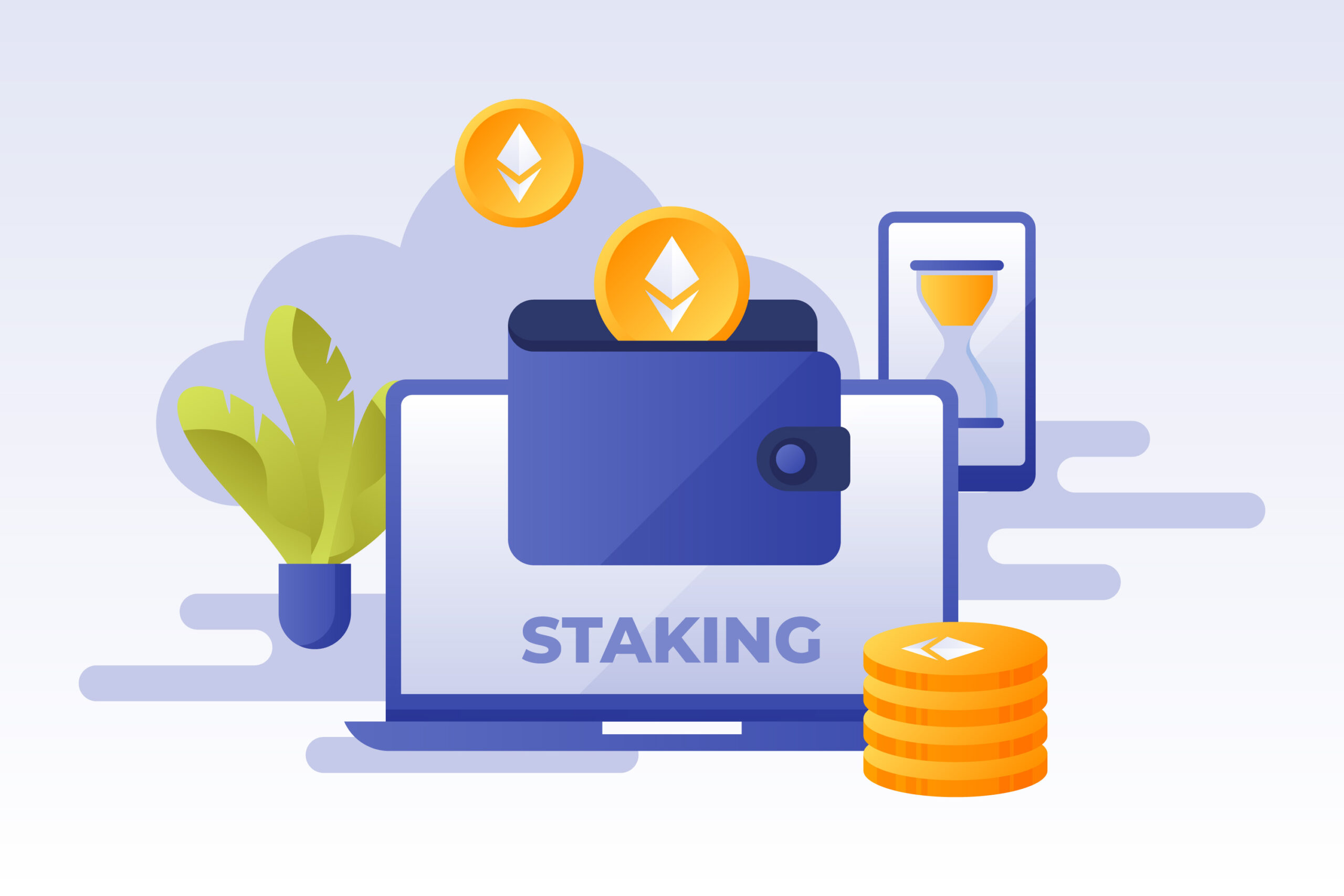Blockchain technology has evolved significantly with parallelization. Contemporary blockchain networks such as Sui, Aptos, and Monad are leading in implementing parallel transaction execution to meet the increasing demands of decentralized applications and global transaction volumes.
In this article, we’ll explore blockchain parallelization, how it works, and fosters scalability and efficiency in blockchain.
What is Blockchain Parallelization?
Blockchain parallelization refers to the method of processing multiple transactions simultaneously, rather than sequentially. This approach contrasts with traditional sequential processing, where transactions are executed one after another.
Originating from principles rooted in parallel computing, which have historical origins dating back to the late 1950s and even earlier theoretical foundations, parallelization leverages multiple processing elements concurrently. This enables blockchain networks to handle a higher volume of transactions efficiently, particularly crucial during periods of high transaction activity.
Parallelization improves network performance by ensuring different transactions are executed in nodes or subgroups of nodes. In contrast to a sequential method which is based on the transfer of transactions from one to another, in parallel execution, transactions are subdivided into subsets, each of which is accomplished at different nodes at the same time. This approach also scales the transaction throughput significantly and reports up to a hundred times better than the sequential systems. It means there is an opportunity to increase the speed of transactions and use computational resources more efficiently; thus, it becomes highly suitable for distributed systems and blockchain applications that strive to enhance their characteristics and meet users’ expectations.
How Does Parallel Execution Work?
Parallelization can either be deterministic, optimistic, or employ state access parallel execution.
Deterministic parallelization operates on the principle that transactions must declare all their dependencies upfront. This means transactions specify which parts of the blockchain’s state or data they intend to access or modify before execution. By doing so, the blockchain network can organize and sequence transactions in a predetermined order that minimizes conflicts and ensures consistent execution.
Optimistic Parallelization assumes that transactions are independent by default and processes them concurrently without sorting them beforehand. The network proceeds optimistically, assuming there will be no conflicts between transactions. If conflicts arise during execution, such as two transactions attempting to modify the same data, the network resolves these conflicts afterward, ensuring data consistency. Optimistic parallelization prioritizes speed and initial transaction throughput, but requires mechanisms to handle conflicts retroactively.
In contrast, state access parallelization transactions are based on their impact on the blockchain’s state or data. Transactions are grouped into sets based on which parts of the network’s state they access or modify. In blockchain, transactions can be grouped based on interactions with the same smart contract or their impact on the same account. State access parallelization enables concurrent processing of unrelated transactions that affect different parts of the state. This optimization enhances resource efficiency and accelerates transaction processing.
Benefits of Blockchain Parallelization
Below are some of the benefits of blockchain parallelization
Reduced Network Congestion
Parallel execution enhances transaction efficiency and reliability by simultaneously processing transactions across multiple nodes. This approach reduces network congestion, particularly during peak periods. This speeds up transaction processing and keeps stable fees.
Optimized Hardware Use
Parallelization also optimizes how hardware is used. By using modern processors more effectively, blockchain networks can process transactions faster and use less energy. This makes operations smoother and reduces environmental impact. Enhanced system integrity means transactions are handled with greater accuracy and security, ensuring data consistency and reliability.
Enhanced Scalability
Blockchain scalability is improved with parallelization, allowing networks to expand and handle more transactions without slowing down. This is crucial for decentralized apps (DApps) that need to handle many users and transactions quickly. Improved system integrity ensures data remains accurate and transactions are reliably processed as the blockchain grows.
Improved Security and Reliability
Parallel execution enhances the security and reliability of blockchain systems by managing transactions more efficiently across the network. This ensures data stays accurate and protected from potential threats, maintaining the blockchain’s integrity. It reduces the risk of data manipulation or fraud, ensuring transparent and trustworthy transactions.
Lower Costs for Users
Lastly, parallelization reduces user costs by lowering transaction fees and other expenses. Distributing tasks across different nodes reduces the resources needed for each transaction, making blockchain technology more affordable and accessible. Improved system integrity ensures that cost savings from reduced fees do not compromise transaction security or accuracy, preserving the blockchain’s reliability.
Challenges of Blockchain Parallelization
Below are some of the challenges of blockchain parallelization
Need for Smooth Coordination
Coordinating transactions happening at the same time requires advanced methods and smart algorithms. It’s crucial to process transactions accurately and in the correct order to maintain the reliability of the blockchain.
Handling Complex Transactions
Dealing with multiple transactions simultaneously involves sorting them out and resolving conflicts efficiently. For example, networks using optimistic parallelization may face issues with transaction dependencies. Special schedulers are needed to ensure balances are updated correctly.
Risk of Ledger Issues
Processing transactions simultaneously increases the risk of ledger inconsistencies, like double-spending or changes in transaction order. These issues can threaten the security and integrity of the blockchain system.
Demand for Computing Power
Parallel processing requires significant computing power, which adds complexity and could hinder the widespread adoption of decentralized networks. This challenge needs to be addressed to ensure scalability.
Balance with Decentralization
Enjoying the speed benefits of parallel execution often means expanding the network with more nodes. However, this expansion can compromise the decentralized nature of the blockchain. Finding the right balance between speed and decentralization is crucial for developers and users.
State Access and Syncing
Nodes in decentralized networks must handle a constant flow of data and regularly sync with each other. This synchronization ensures all nodes have consistent transaction records, reducing the risk of conflicting ledger states.
Blockchains Leveraging Parallel Execution
Several blockchains leverage parallelization to ensure smoother transactions and scalability across their networks. Below are some of the notable blockchains with parallel execution.
- Solana’s SVM (Solana Virtual Machine)
Solana stands out as a trailblazer in parallel execution with its Solana Virtual Machine (SVM). Powered by Sea level technology, Solana processes transactions simultaneously across its network nodes. This breakthrough significantly reduces transaction confirmation times, achieving speeds ranging from 2,000 to 10,000 transactions per second (TPS). Solana’s design ensures that transactions accessing the same state can execute concurrently, thereby boosting overall network throughput.
- Parallel EVM (Ethereum Virtual Machine)
Projects like Sei Network and Monad are at the forefront of integrating Parallel EVMs, blending Solana’s speed with Ethereum’s robust security features. Sei Network, for instance, employs both deterministic and optimistic parallel models to manage transactions efficiently. This includes preemptively identifying conflicts and re-executing transactions to maintain consistency and reliability throughout the network.
- Aptos and Sui
Aptos and Sui are implementing parallel transaction execution to enhance transaction throughput and scalability. Aptos utilizes snapshot-based processing and innovative Block-STM technology to manage transactions concurrently, achieving theoretical speeds of up to 160,000 TPS.
Sui’s innovative approach to transaction parallelization is rooted in its state access method and object-centric data model, ensuring clarity and efficiency. Each transaction in Sui explicitly declares every object it interacts with, allowing the independent existence of objects and enabling parallel processing as long as no conflicts arise. This strategy not only improves scalability and decreases transaction processing times but also lowers fees by skipping consensus for transactions that don’t involve shared objects. Sui leverages its object-oriented architecture to optimize transaction throughput, demonstrating a forward-thinking solution in blockchain technology.
- Move and Movement Labs
Move, a programming language originally developed by Facebook’s team in 2019, exemplifies the potential of parallelization in enhancing transaction efficiency and security. Implemented on platforms like Aptos, Move’s MoveVM architecture supports higher throughput and efficient transaction processing. This allows developers to build decentralized applications with ease. Movement Labs further supports parallel execution through its innovative tools, facilitating faster transaction speeds and improving overall network performance.
Conclusion
Blockchain parallelization represents a pivotal advancement in transaction processing, leveraging concurrent execution to enhance scalability and efficiency across decentralized networks. By optimizing resource utilization and reducing network congestion, parallelization significantly boosts transaction speeds and throughput, benefiting both users and developers. Despite challenges like transaction coordination and computing power demands, pioneering projects like Solana, Sei Network, and Aptos demonstrate the transformative potential of parallel execution.
It is to be noted that this article is solely for educational purposes and no information entailed in this article should be taken as a bit of financial advice. Ensure you conduct your research before investing in any cryptocurrency or blockchain product.
Personal Note From MEXC Team
Check out our MEXC trading page and find out what we have to offer! There are also a ton of interesting articles to get you up to speed with the crypto world. Lastly, join our MEXC Creators project and share your opinion about everything crypto! Happy trading! Learn about interoperability now!
Join MEXC and Get up to $10,000 Bonus!
Sign Up


